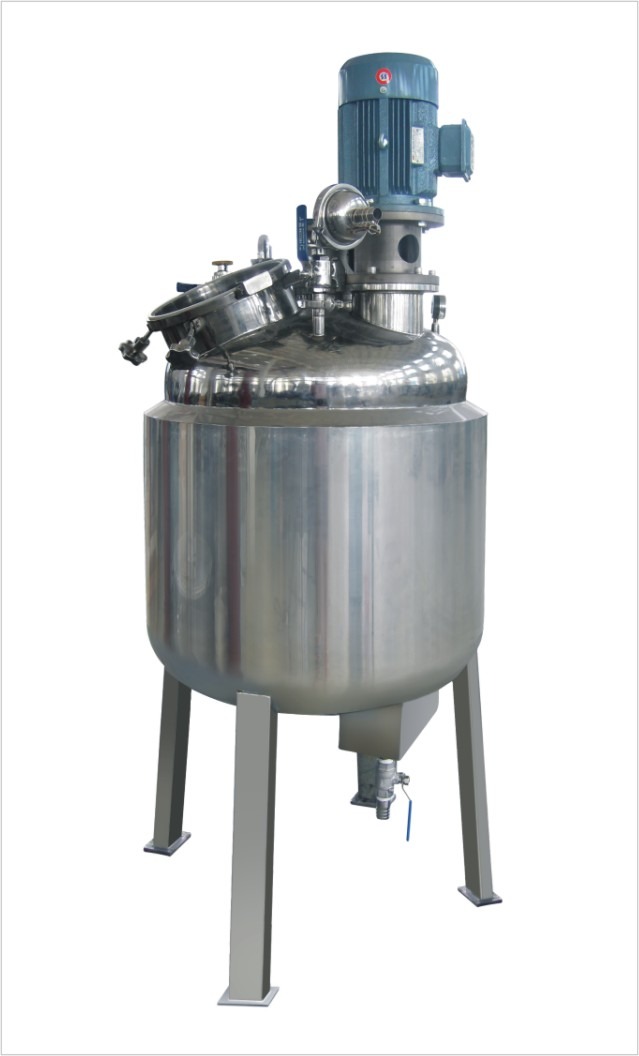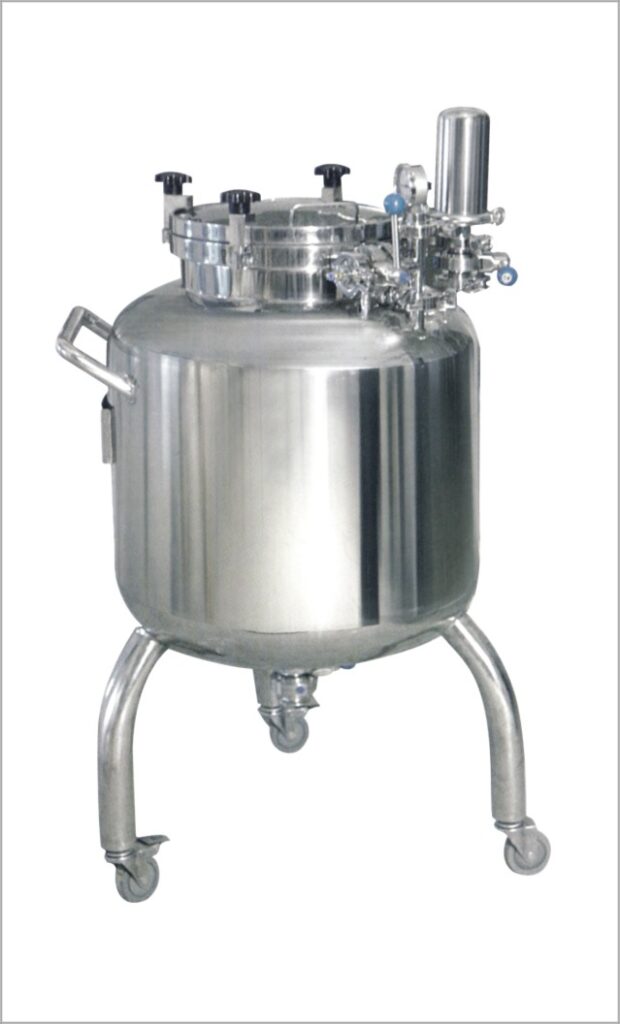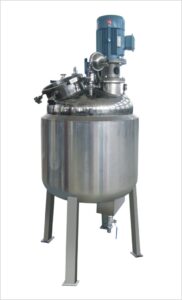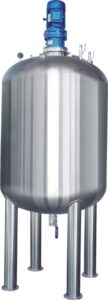A stainless steel mixing tank is a device used for mixing and stirring liquids, with the core component being a stirrer, which rotates to achieve the purpose of mixing materials.
-
Stainless steel mixing tanks are usually made of high-quality stainless steel materials, such as 304, 316, etc. These materials have the advantages of corrosion resistance, high temperature resistance, and high strength, which can ensure the service life and safety of the equipment.
-
Working principle
- The agitator is driven by an electric motor to rotate, causing the material to form a rotational motion inside the tank, thereby achieving uniform mixing and stirring of the material.
- Meanwhile, according to the characteristics of the materials and process requirements, different forms of mixers can also be selected, such as push type, anchor type, frame type, etc.
-
Application
- Stainless steel mixing tanks are widely used in fields such as chemical, pharmaceutical, food, and environmental protection.
- It can be used in various liquid mixing, dissolution, heating, cooling and other process processes.
-
Advantages
- Stainless steel mixing tanks have advantages such as corrosion resistance, high temperature resistance, high strength, easy cleaning and maintenance, etc.
- They can meet various process requirements, and have a long service life and high safety.
-
Disadvantage
The price of stainless steel mixing tanks is relatively high, and for some special materials, specific stainless steel materials or coating treatments may need to be selected, which increases the production cost and difficulty of use.
-
Thickness
- The thickness of stainless steel mixing tanks is usually determined based on their usage requirements and process conditions.
- Generally speaking, the thickness of the tank body should not be less than 2mm, and the thickness of the bottom and side should be selected according to needs.
-
Working volume
- The working volume of stainless steel mixing tanks can be selected according to actual needs, and the volume size can usually be determined based on process requirements and material characteristics.
- Generally speaking, the volume can range from a few liters to several thousand liters.
-
Structure of stainless steel mixing tank
Mainly composed of tank body, mixer, motor, support legs, and other parts.
- The tank body is the main component of the stainless steel mixing tank, and its shape and size are designed according to actual needs;
- The agitator is a key component for achieving material mixing, and suitable agitator types can be selected according to different process requirements;
- The motor is the power source that drives the agitator to rotate;
- The supporting legs are the structural parts that support the entire equipment.
-
When selecting and using stainless steel mixing tanks, it is necessary to comprehensively consider the actual situation, choose suitable equipment, and follow operating procedures and quality management systems to ensure the normal operation and safety of the equipment.










I have read some excellent stuff here Definitely value bookmarking for revisiting I wonder how much effort you put to make the sort of excellent informative website
Excellent blog here Also your website loads up very fast What web host are you using Can I get your affiliate link to your host I wish my web site loaded up as quickly as yours lol
Great information shared.. really enjoyed reading this post thank you author for sharing this post .. appreciated
My brother recommended this website, and he was right. This post made my day, and I can’t believe how long I spent looking for this information.